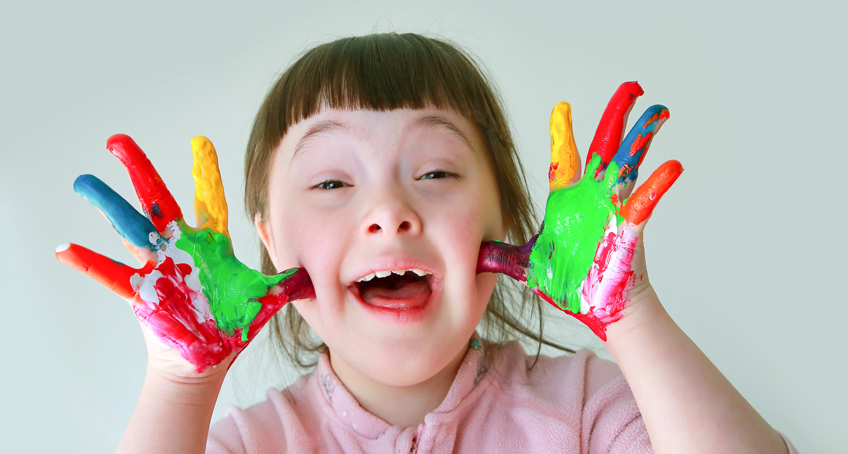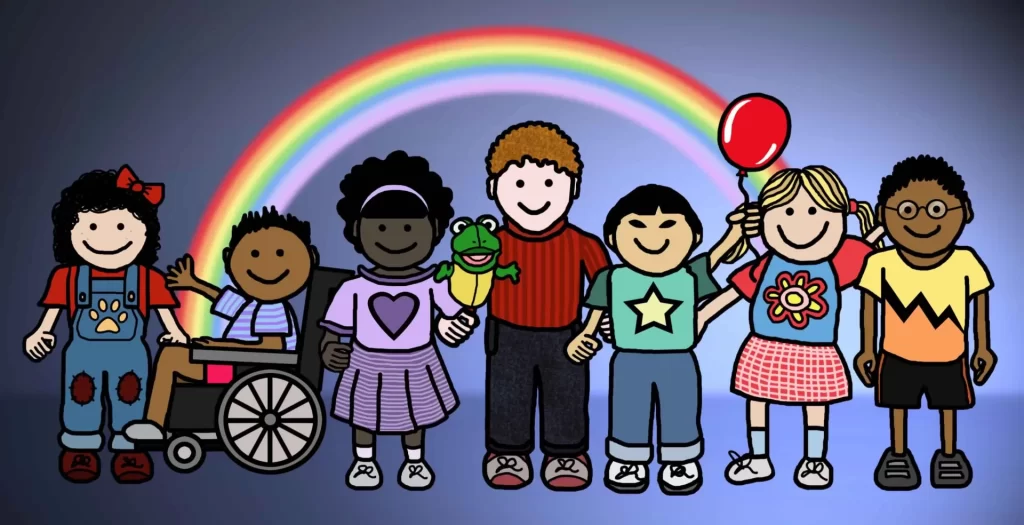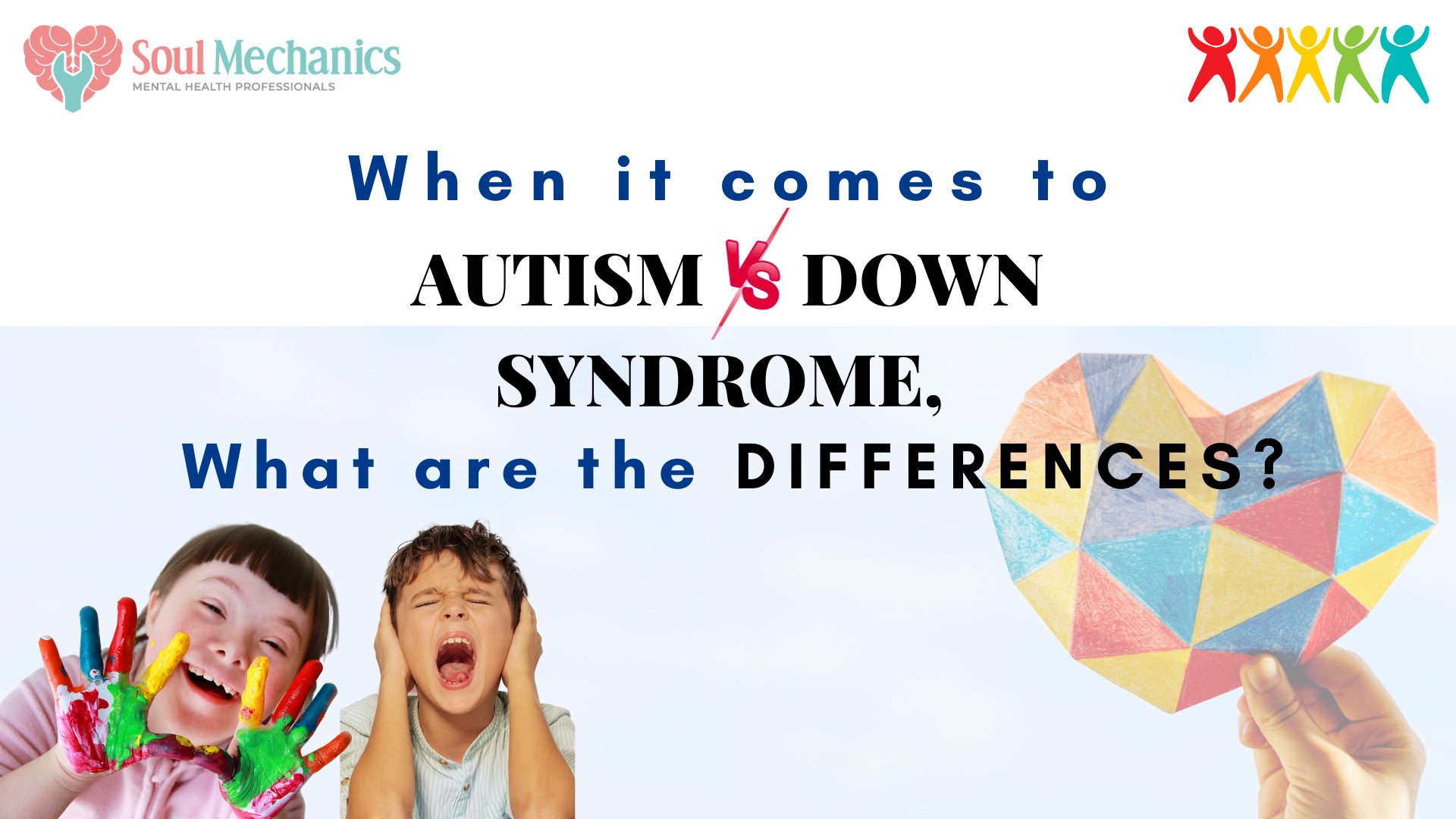Understanding Autism and Down Syndrome
Understanding Autism and Down Syndrome

Written By: Kelly Chan Jia Li, Clinical Psychologist (MAHPC(CP)00353)
Autism and Down Syndrome are two of the most common developmental disorders that affect children. While both can affect an individual’s development and daily life, their causes, symptoms, and treatments are quite different. Let’s dive into these differences to understand each condition better.
What is Autism?

Autism, or Autism Spectrum Disorder (ASD), is a developmental disorder that can cause significant social, communication and behavioural challenges. It’s called a “spectrum” because the symptoms range from mild to severe. Individuals with ASD can see, hear, and feel the world differently from other people.
ASD is not an illness or disease and cannot be cured. ASD is a life-long condition, but with appropriate and tailored support, children and adults with ASD can make significant progress and live fulfilling lives. The diagnosis of ASD can only be made by a child psychiatrist or psychologist. Sometimes, the symptoms of ASD become noticeable when a child is between 2 and 3 years old. The social communication and functional deficits related to ASD become more pronounced when the child begins school.
Symptoms of ASD
Individuals with ASD might show a variety of symptoms, such as:
- Difficulty with social interactions (e.g., not making eye contact, not responding to their name)
- Trouble appreciating their own emotions as well as others’ emotions
- Repetitive behaviours (e.g., hand-flapping, rocking)
- Difficulty understanding social cues and body language
- Delayed speech development or difficulty communicating effectively
- Intense focus on specific interests (e.g., knowing everything about trains)
- Sensitivity to sensory inputs (e.g., being overwhelmed by loud noises or bright lights)
What is Down Syndrome?
Down Syndrome is a genetic disorder caused by the presence of an extra copy of chromosome 21. Chromosomes are small ‘packages’ of genes in the body. Chromosomes determine how a baby’s body forms and functions as it grows during pregnancy and after birth.

Typically, a baby is born with 46 chromosomes, but individuals with Down Syndrome have 47 chromosomes. This extra copy changes how the baby’s body and brain develop, which can cause mental and physical challenges for the baby.
Symptoms of Down Syndrome
Individuals with Down Syndrome often have distinct physical features and developmental delays, such as:
- Delayed developmental milestones (e.g.,crawling, walking, talking)
- Cognitive delays (e.g., slower learning, trouble with abstract thinking)
- A flat facial profile
- Upward slanting eyelids
- Small ears and mouth
- Short stature
- Hypotonia (poor muscle tone)
- Gastrointestinal problems (e.g., constipation or gastroesophageal reflux disease (GERD))
Types of Down Syndrome
Trisomy 21
Trisomy 21 is the most common type of Down Syndrome, accounting for about 95% of cases. In this type, every cell in the body has three copies of chromosome 21 instead of the usual two.
Translocation Down Syndrome
Translocation Down Syndrome accounts for about 3-4% of all Down Syndrome cases. This type occurs when an extra part or a whole extra chromosome 21 is attached to another chromosome.
Mosaic Down syndrome
Mosaic Down Syndrome is the rarest type, occurring in about 1-2% of Down Syndrome cases. In this type, only some of the body’s cells have the extra chromosome 21, while others have the typical two copies. Children with Mosaic Down syndrome may have the same features as other children with Down syndrome. However, they may have fewer features of the condition due to the presence of some (or many) cells with a typical number of chromosomes.
Key Differences Between ASD and Down Syndrome
Causes
ASD may be caused by a mixture of genetic and environmental factors, while Down Syndrome is a genetic disorder caused by an extra chromosome 21.
Diagnosis
ASD is often diagnosed based on behavioural and developmental assessments, usually around the age of three, while Down Syndrome is diagnosed through genetic testing, often before birth or shortly after birth.
Reminder: If you or your loved ones are struggling with mental health, please don't hesitate to reach out to us at Soul Mechanics KD or Soul Mechanics Ipoh. Remember, seeking help is not a sign of weakness but strength!
Symptoms
The symptoms of ASD are characterised by deficits in social communication and social interaction and restricted, repetitive patterns of behaviour, interests, or activities, while symptoms of Down Syndrome are characterised by distinctive physical features and cognitive delays.
Treatment and Support

The treatment for ASD includes applied behavioural analysis (ABA), speech therapy, occupational therapy, and educational support, while the treatment for Down syndrome includes early intervention programs, physical therapy, speech therapy, and educational support.
Living with ASD and Down Syndrome
Early Intervention
Early intervention is crucial for both ASD and Down Syndrome. For ASD, therapies like ABA can help children develop social and communication skills. For Down Syndrome, early intervention programs often include physical, occupational, and speech therapy to help with development.
Educational support
Education is tailored to each child’s needs. Some children with ASD might thrive in mainstream schools with support, while others might benefit from specialised programs. Similarly, children with Down Syndrome often attend special education classes but can also be included in regular classrooms.
Daily Functioning
Daily functioning for individuals with ASD or Down Syndrome can vary widely. With the proper support, many people with these conditions lead fulfilling lives, forming meaningful relationships, working, and participating in their communities.

In summary

Understanding the differences between ASD and Down Syndrome helps us appreciate the unique challenges and strengths of individuals with these conditions.
While they are distinct in their causes and symptoms, both require compassion, support, and early intervention to help those affected lead fulfilling lives. Hence, early diagnosis and intervention are crucial for both conditions to help individuals reach their full potential. Getting a correct formal diagnosis can help your child receive the proper school and services they need for a better quality of life. By recognising and celebrating their individuality, we can create a more inclusive society where everyone has the opportunity to thrive.
If you enjoyed reading this, why not broaden the horizon of knowledge by learning about "ADHD Assessment in Adults: What to Expect"? You can read the blog here.
For more content related to mental health do follow us on our official Instagram.


